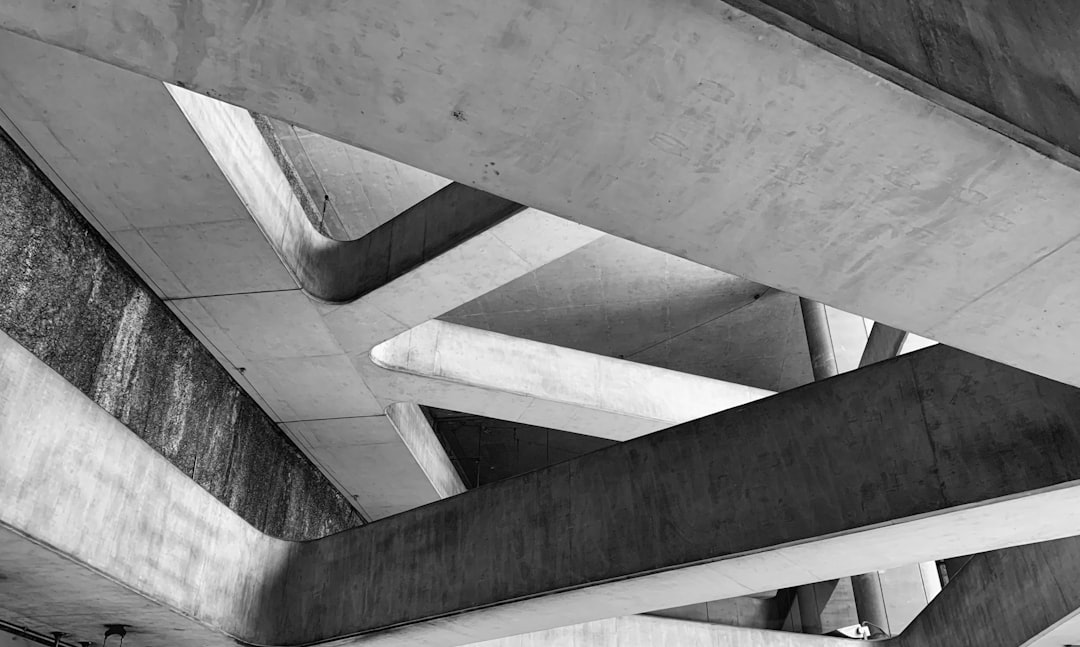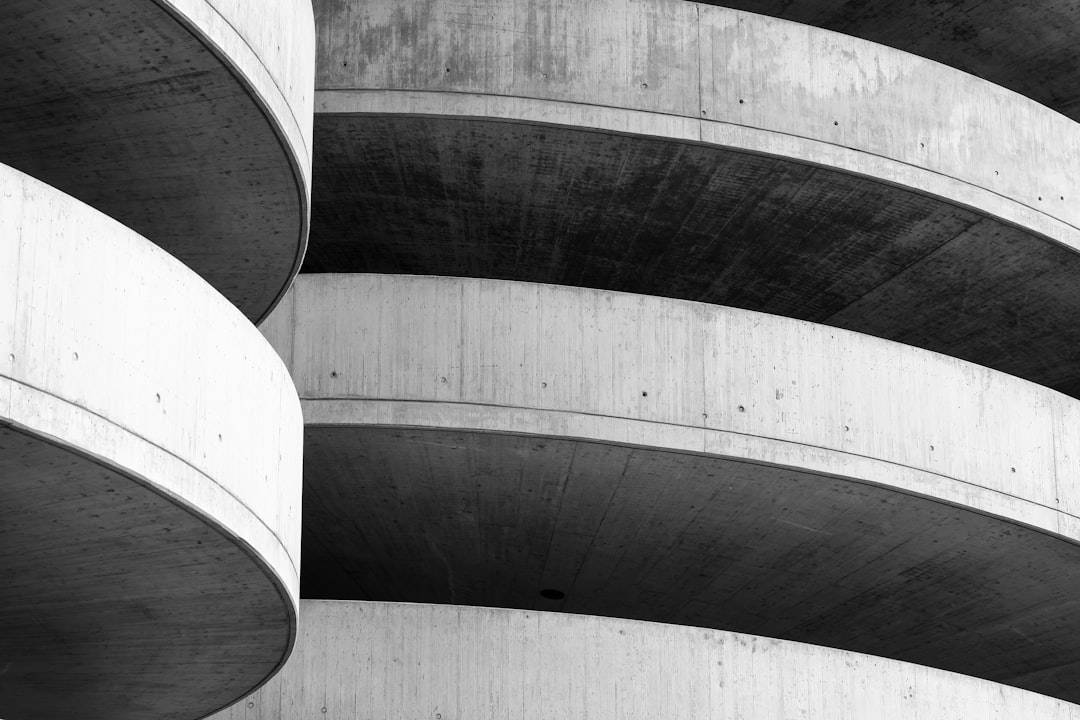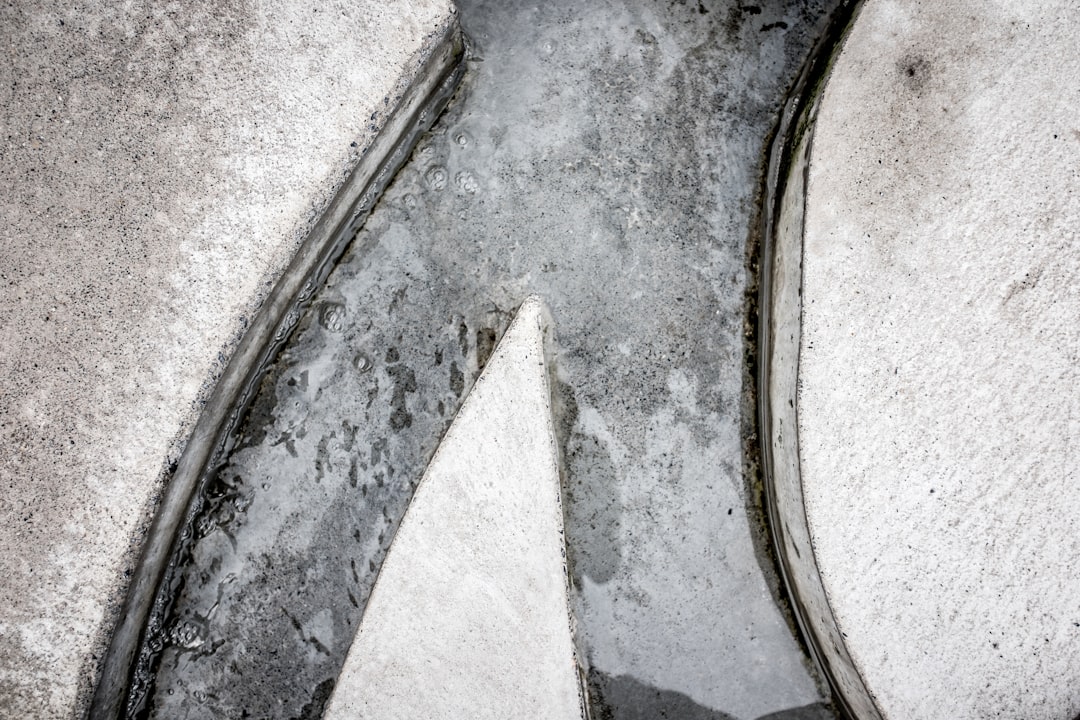#96 Concrete (2)
Last week we handed out an encouragement award for sustainability (“pluim” in Dutch) to a team that had enabled the use of hundreds of thousands of tons of mostly circular asphalt in a project. That’s multiple times 100.000.000 kilos of circular material. Things are different at that scale. We need that scale.
I love the creativity that’s being put into the circular economy. Shops like the Circular Warehouse in Leiden make me the sustainable kind of greedy. When the good people at the fair building fence business Groene Bouwhekken make sure to recycle everything, I like it on LinkedIn. Whatever the thing, someone somewhere is trying to make it by up or downcycling.
However, the EU’s ambition to be a fully circular economy by 2050 needs us to move beyond things and into everything. All the nuts, bolts, tape, 10,000 objects that an average European person is claimed to have in their home, cheese, cars, and cat food. It all has to be circular. I cannot conceive the implications of this change.

No other material is as essential in the transition to a circular economy as concrete. Worldwide, we use more concrete than all wood, steel, plastics, and aluminium combined. More than twice as much. The only other resource we use more of is water. Quite a feat for a material we almost forgot about in the chaos after the fall of the Western Roman Empire.
Concrete is a surprisingly simple material. It is sand and gravel held together by cement with a bit of added water. Look closely at the nearest highway ramp or your sidewalk, and you will recognize the ingredients. The trick is the choice of cement and the specific recipe. The Romans had a recipe that included volcanic ash and seawater that has proven exceptionally durable. Most of the concrete we use nowadays uses Portland cement. In the Netherlands, we add slags — a byproduct of steel production — to the mix.
And then there is the craftsmanship. As a colleague said, excellent concrete contains sand, gravel, cement, and water. And terrible concrete has sand, gravel, cement, and water. The difference is made by decades of experience, so I diligently take notes.
In 99pi’s wonderful The Smell of Concrete After Rain, they trace concrete’s cultural, philosophical, and artistic influence on our world. Concrete looks good in photographs. Concrete is humble. Concrete is flexible (during construction). Concrete is sturdy. And so concrete has become universal. Those who like to say the universe is made of stories are wrong; it’s made of concrete.
The flip side is that concrete is insanely polluting. Cement production is responsible for up to 8% of the world’s carbon emissions (more than aviation). Also, it is exhausting the world’s supply of sand with far-reaching consequences. As much as concrete has shaped our world, it will shape the climate we live in for decades to come.

Fortunately, the universe doesn’t have to be made of concrete. As I mentioned and is well-known, we more or less forgot about concrete for over a thousand years. People marveled at the Pantheon in Rome, not just for its architecture, but because we had no idea how to replicate the construction until just the other day. All that time, cities were built using more sustainable materials — wood, rocks, and bricks.
We’re learning to overcome the limitations of wood and bricks to build the skyscrapers, and complex structures concrete has made us appreciate. In Norway (where else), one wooden skyscraper now stands 85 meters tall. If you had the money (lots of money), you could have bought an apartment in one of the most beautiful spots in Amsterdam in a luxury wooden tower.
Also, we’re learning to make concrete more sustainable, even climate positive. We’re increasingly reusing old concrete in new structures. At the Floriade, we saw examples of cementless bridges and concrete with bio-based cement and a wonderful reused bridge. Now, these prototypes and pilots need to scale.

I recognize that after four months, I’ve barely understood the basics of concrete. I imagine there will be a third newsletter with this title in a few years. By then, I hope to report on hundreds of thousands of tons of recycled concrete.
Until then, have a great weekend!
— Jasper
